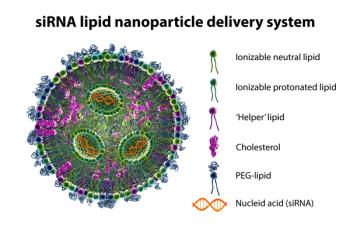
- The Column-07-23-2010
- Volume 6
- Issue 13
Peak Integration that Matches the Efficiency Principles of UHPLC
UHPLC is fast becoming mainstream in many laboratories. With increased data, however, comes a directly proportional increase in data integration.
Ultra high performance liquid chromatography (UHPLC) technology is fast becoming mainstream in many laboratories. There are many compelling reasons for this switch, such as the speed of analysis, low solvent usage and significantly shorter runtimes resulting in many more samples being analysed.
With increased data, however, comes a directly proportional increase in data integration. Ensuring the accuracy and appropriateness of data integration is essential because it is used for all subsequent calculations, such as calibrations, determining the purity of drug substances and analysis of unknowns.
Optimizing a chromatogram’s integration continues to be a time-consuming task, even for the most experienced chromatographer and an area of significant resource drain for laboratories. It is mostly performed using a chromatographic data system (CDS) but while different software packages provide the means for the analyst to apply peak specific instructions to optimize integration, the process often involves trial and error methods or manual integration to determine the correct integration for each peak. Integration is also subjective and laboratories have different criteria and treatments. For example, not all chromatographers adopt the same approach when there are unresolved peak groups. Some might apply the valley-to-valley approach while others require exponential skim or a combination of these options.
Articles in this issue
over 15 years ago
GCxGC Symposiumover 15 years ago
Climate of Innovationover 15 years ago
Thought Leaderover 15 years ago
The art of chromatographyover 15 years ago
Market Profile: High Content Screeningover 15 years ago
Musings from the Little Black Book of GC (Part 2)Newsletter
Join the global community of analytical scientists who trust LCGC for insights on the latest techniques, trends, and expert solutions in chromatography.





